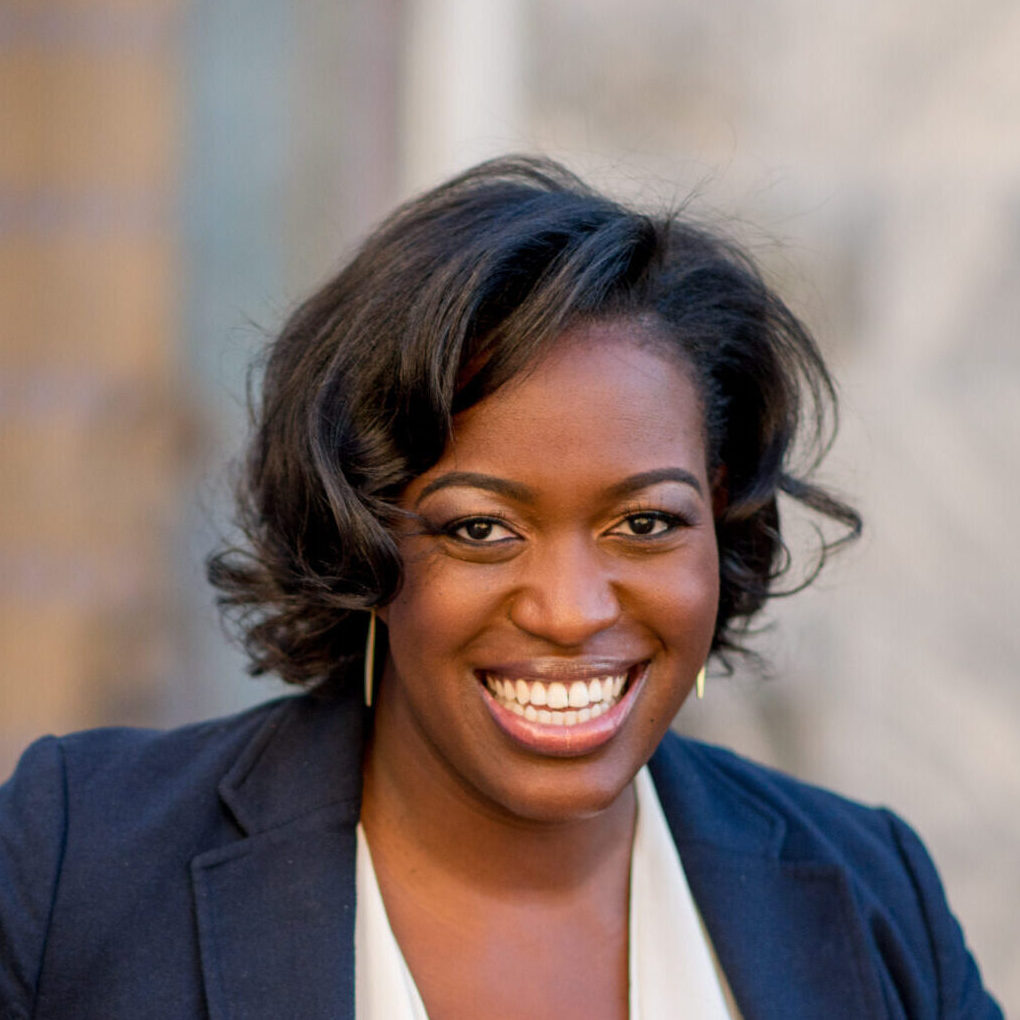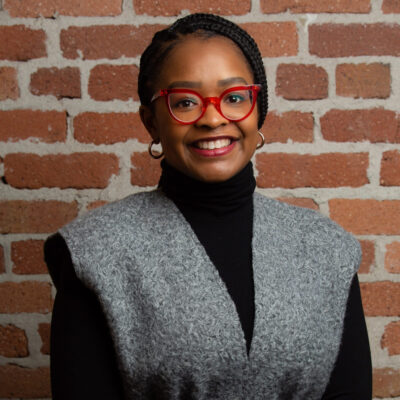Designing for multi-user experiences: Digital health innovation for the care economy
Thank you to The Holding Co. for their collaboration on this work, with special gratitude to Jocelyn Ling Malan and Patrice Martin.
Caregiving is at its essence, relational—people taking care of other people. Yet often we so often design care experiences, especially health experiences, are designed for a single user: the patient. This leaves out the critical role caregivers play in the health outcomes and day-to-day lives of patients. The current approach to building digital health products and services often doesn’t account for many of the essential players and the opportunity to enable the communal reality of how care happens. There is an opportunity to design products and services that reflect these realities—of multi-person, multi-role, multi-generational care networks—and can more easily facilitate the connections between families, communities, and providers.
The $648B care economy is more than patients—it includes the diverse communities of care surrounding each care recipient. There are 54M informal caregivers in the United States constituting a heterogeneous community—spanning gender, race, ethnicity, and socioeconomics—in addition to 4.7M paid care workers in the care economy.
RockHealth.org and The Holding Co. have been exploring how digital health solution developers are designing for this $648B multi-user caregiver market. With Rock Health’s expertise in digital health innovation and The Holding Co.’s commitment to revolutionizing how people care for kids and elders, we took a fresh look at equity-centered digital health innovation in the care economy.
Designing for a caregiving team can be a significant driver to increase the speed and scale of digital health adoption and its impact on health outcomes. Wearables, like FitBit and Oura, have embraced this multi-user approach, sharing data and enabling a rich community and support system around an individual to achieve their health goals. Beyond delivering better outcomes, designing multi-user care products makes business sense: multiple people using a product means more engagement and greater “stickiness” when a collective group continually interacts with a product.
As part of our collaboration, we shared three principles to guide a multi-user design approach.
-
1. Design for multiple care configurations. Products should be designed to accommodate different and multiple caregiver configurations, from types of roles to levels of interaction, e.g., ways of contribution or asking for support. Ianacare is leading the way in designing for multiple care configurations.
-
2. Design for different levels of access. Care is intimate, which means it raises issues of privacy, visibility of medical records, and HIPAA compliance. Consider the sensitivities of users, and legal compliance aspects of your product. The field has a lot to learn from Carefull and Avanlee as leading examples.
-
3. Account for a mix of formal and informal caregivers. Caregivers can be paid or unpaid—products need to be designed to support both, as they often share support and responsibilities. Olla and Hazel Health have designed well for this since their inception and are demonstrating success in designing with this principle as a guide.
For more details on how these companies are leading the way, check out the full publication here.
As RockHealth.org advances our thinking and these guiding principles, we are continuing to ask questions around how digital health innovators better design for multiple generations, remote caregivers, and beyond a single narrative and culture. In addition to the above examples, we are excited by and learning from many leading organizations including Little Otter, Maro, Caregiven, Lotsa Helping Hands, Instacart, Radical Health, Cariloop, and Vital.
Building a multi-user experience from the start must become the norm in future care and digital health products. Even if you’ve started with single-user architecture for your product, the reward of better outcomes, not to mention higher engagement and a stickier experience, make the case for investing in this critical change.
Embracing multi-user experiences goes beyond product design. It’s about creating systems that bring people closer, fostering connections, and ultimately leading to better outcomes for everyone involved. Efforts like this will contribute to building a future where care is more inclusive, supportive, and compassionate.
If you’re interested in learning more or collaborating with RockHealth.org, please reach out at hello@rockhealth.org.
RockHealth.org is a non-profit that advances equity-centered innovation in digital health. We take action towards a more inclusive digital health ecosystem by championing equitable design and innovation, supporting underrepresented innovators, and fostering a community of bold leaders across the healthcare landscape. Learn more about our industry-leading convenings and equity-focused investment and design initiatives at rockhealth.org.



